Home>Articles>What Is The Black Material On Top Of Your Showerhead


Articles
What Is The Black Material On Top Of Your Showerhead
Modified: January 6, 2024
Discover why your showerhead has a black material on top and how to remove it with our informative articles on showerhead maintenance and cleaning.
(Many of the links in this article redirect to a specific reviewed product. Your purchase of these products through affiliate links helps to generate commission for Storables.com, at no extra cost. Learn more)
Introduction
When you step into the shower, the last thing you want to see is a buildup of black material on top of your showerhead. Not only does it look unsightly, but it can also raise concerns about the cleanliness and safety of your showering experience. But what exactly is this black material, why is it appearing on your showerhead, and what can you do about it?
In this article, we will delve into the world of the mysterious black material on top of showerheads. We will explore its causes, potential health risks, and effective ways to remove and prevent it. By the end, you’ll have a clearer understanding of this common bathroom issue and be better equipped to maintain a clean and hygienic showering environment.
Key Takeaways:
- Say goodbye to black material on your showerhead! It’s a combination of mineral deposits, mold, and bacteria. Regular cleaning and preventive measures can keep your shower clean and your family healthy.
- Hard water, mold, and bacteria contribute to black material on showerheads. Prevent it by cleaning regularly, improving ventilation, and using water softeners or filters. Keep your shower clean and your family safe!
Definition of Black Material on Top of Showerhead
The black material that accumulates on top of the showerhead is a combination of mineral deposits, mildew, and bacteria. It is commonly known as showerhead mold or showerhead slime. This black substance can appear in various forms, such as specks, flakes, or a slimy coating, depending on the severity of the buildup.
Mineral deposits, often found in tap water, can accumulate on the surface of the showerhead over time. This can include calcium, magnesium, and other minerals that dissolve in the water. When the water flow reaches the showerhead, these minerals can settle and form a residue. Mildew and bacteria, on the other hand, can thrive in the warm and moist environment of the bathroom, especially if proper cleaning and maintenance are lacking.
The combination of these elements can create a breeding ground for the black material, leading to its unsightly appearance and potential health risks.
Causes of Black Material on Top of Showerhead
There are several factors that contribute to the buildup of black material on top of showerheads. Understanding these causes can help you take preventive measures and effectively address the issue. Here are the main culprits behind the black material:
- Hard Water: One of the primary causes of the black material is hard water. Hard water contains a high concentration of minerals, such as calcium and magnesium. When the water evaporates, these minerals are left behind, forming a residue on the showerhead. Over time, this mineral buildup can turn black and contribute to the unsightly material.
- Mold and Mildew: Bathrooms are a breeding ground for mold and mildew due to the warm and humid environment. If the showerhead is not properly cleaned and maintained, these fungi can grow and multiply on its surface. As they continue to thrive, they can produce a black, slimy substance that adheres to the showerhead.
- Bacteria: Similar to mold and mildew, bacteria can also contribute to the black material on top of the showerhead. Bacteria thrive in moist environments and can colonize the showerhead if not cleaned regularly. The combination of bacteria and other organic matter can result in the formation of a black residue.
- Improper Ventilation: Insufficient airflow and ventilation in the bathroom can exacerbate the growth of mold, mildew, and bacteria. When the showering area is poorly ventilated, moisture tends to linger, providing the ideal conditions for these microorganisms to thrive and contribute to the black material on the showerhead.
It’s important to note that the causes and severity of the black material buildup can vary depending on the specific conditions in your bathroom and the quality of your water supply. Regular cleaning and maintenance can help prevent and minimize the accumulation of this unsightly substance on your showerhead.
Potential Health Risks Associated with Black Material on Top of Showerhead
The presence of black material on top of the showerhead can pose potential health risks if not addressed promptly. While not all types of black material are harmful, certain varieties can harbor harmful bacteria and fungi. Here are some potential health risks associated with this issue:
- Respiratory Issues: Mold and mildew are common culprits behind the black material, and prolonged exposure to these fungi can lead to respiratory problems, particularly for those with existing respiratory conditions such as asthma or allergies. Inhaling mold spores can trigger coughing, wheezing, and nasal congestion.
- Skin Irritation: Certain types of bacteria and fungi found in the black material can cause skin irritation and infections. If you have sensitive skin or small cuts and abrasions, contact with these microorganisms can lead to rashes, itching, and even more serious skin infections in some cases.
- Eye Infections: When water containing harmful bacteria comes into contact with your eyes during showering, it can potentially cause eye infections, such as conjunctivitis (commonly known as pink eye). Redness, itching, and discharge are typical symptoms of an eye infection.
- Allergic Reactions: For individuals with allergies or sensitivities, exposure to the black material on the showerhead can trigger allergic reactions. These reactions can manifest as sneezing, runny nose, itchy eyes, and skin rashes.
- Compromised Immune System: If you have a weakened immune system, such as those with certain medical conditions or undergoing medical treatments, exposure to bacteria and fungi present in the black material can lead to more severe health issues. It is essential to maintain a clean and hygienic showering environment to minimize the risk of further complications.
While these health risks are not guaranteed to occur, it is crucial to take the necessary precautions to prevent the buildup of black material on your showerhead and ensure a safe and healthy showering experience for you and your family.
The black material on top of a showerhead is likely mold or mildew. To remove it, mix equal parts water and white vinegar, then soak the showerhead in the solution for an hour before scrubbing it clean.
Ways to Remove Black Material on Top of Showerhead
If you notice a buildup of black material on top of your showerhead, it’s important to take action to remove it and maintain a clean and hygienic bathroom. Here are some effective ways to remove the black material:
- Vinegar Soak: Fill a plastic bag with white vinegar and secure it around the showerhead using a rubber band. Let it sit for a few hours or overnight, allowing the vinegar to break down the mineral deposits and kill bacteria and fungi. Remove the bag and scrub the showerhead with a soft-bristle brush to remove any remaining residue. Rinse thoroughly.
- Baking Soda Paste: Create a paste by mixing baking soda with a small amount of water. Apply the paste onto the black material on the showerhead and let it sit for about 30 minutes. Then, gently scrub the affected areas with a toothbrush or sponge. Rinse thoroughly to remove any residue.
- Commercial Cleaners: There are various commercial showerhead cleaners available on the market. Follow the instructions provided by the manufacturer to effectively remove the black material. Be sure to use the product in a well-ventilated area and avoid any contact with your skin or eyes.
- Boiling Water: If your showerhead is detachable, you can remove it and place it in a pot of boiling water. Let it soak for a few minutes to loosen the black material, then scrub it gently with a brush to remove any remaining residue. Rinse the showerhead thoroughly before reattaching it.
- Citric Acid Solution: Create a solution by mixing citric acid powder with water according to the package instructions. Fill a bowl with the solution and submerge the showerhead in it for a couple of hours. Remove the showerhead, scrub off the loosened black material, and rinse it thoroughly before reinstalling.
Regardless of the method you choose, it’s important to be gentle while cleaning your showerhead to avoid damaging any delicate components. Additionally, always read and follow the manufacturer’s instructions, especially when using commercial cleaners or chemicals.
Regular cleaning and maintenance, along with these removal techniques, can help keep your showerhead free from black material and ensure a clean and refreshing showering experience.
Read more: What Is A Showerhead
Preventive Measures to Avoid Black Material Buildup on Top of Showerhead
Preventing the buildup of black material on top of your showerhead is key to maintaining a clean and hygienic bathroom. By following these preventive measures, you can reduce the chances of black material accumulation:
- Frequent Cleaning: Regularly clean your showerhead to remove any mineral deposits, mold, mildew, and bacteria before they have a chance to accumulate. Use a mild cleaning solution, such as a mixture of water and dish soap or vinegar, and scrub the showerhead with a toothbrush or sponge. Rinse thoroughly to remove any residue.
- Avoid Using Harsh Cleaning Products: While it’s important to keep your showerhead clean, avoid using harsh cleaning products that can damage the finish or components. Stick to mild cleaners, and be mindful of any warnings or instructions provided by the manufacturer.
- Regularly Inspect and Replace Seals: Check the seals around your showerhead for any signs of wear or damage. Damaged seals can promote moisture buildup and create an environment for black material growth. Replace any worn-out seals to prevent this issue.
- Improve Bathroom Ventilation: Ensure that your bathroom has proper airflow and ventilation. Use an exhaust fan or open windows after showering to allow moisture to dissipate more quickly. Adequate ventilation helps prevent the growth of mold, mildew, and bacteria.
- Install a Water Softener: If you live in an area with hard water, consider installing a water softener system. This can help reduce the mineral content in the water, minimizing the formation of mineral deposits on your showerhead and other bathroom fixtures.
- Use a Showerhead Filter: Another option to combat mineral deposits and other contaminants is to install a showerhead filter. These filters can remove impurities from the water, reducing the risk of black material buildup. Choose a filter that matches your specific needs and replace it according to the manufacturer’s recommendations.
- Wipe Down the Showerhead: After each use, take a moment to wipe down your showerhead with a clean cloth or sponge. This simple step can help remove any residual water, soap scum, or oils that can contribute to the growth of black material over time.
By incorporating these preventive measures into your bathroom maintenance routine, you can minimize the chances of black material buildup on your showerhead. Consistent cleaning and proper care will help ensure a pleasant and hygienic showering experience for you and your family.
Conclusion
The presence of black material on top of the showerhead is an issue that many homeowners face. It is a combination of mineral deposits, mold, mildew, and bacteria that can not only be unsightly but also pose potential health risks. Understanding the causes, risks, and preventive measures can help you effectively address this problem and maintain a clean and hygienic bathroom.
We discussed how hard water, mold, mildew, bacteria, and improper ventilation contribute to the black material buildup. The potential health risks associated with this issue include respiratory issues, skin irritation, eye infections, allergic reactions, and potential complications for those with a compromised immune system.
To remove the black material, you can try using vinegar soaks, baking soda pastes, commercial cleaners, boiling water, or citric acid solutions. It’s essential to choose a method that suits your preferences and follow the instructions carefully. Regular cleaning and maintenance of your showerhead will help prevent the accumulation of black material.
Preventive measures, such as frequent cleaning, avoiding harsh cleaners, inspecting and replacing seals, improving bathroom ventilation, installing water softeners or showerhead filters, and wiping down the showerhead after each use, can significantly reduce the chances of black material buildup.
By implementing these preventive measures and taking prompt action if you notice black material on your showerhead, you can ensure a clean and refreshing showering experience while minimizing potential health risks.
Remember, a clean showerhead not only improves the appearance of your bathroom but also contributes to your overall well-being. So, make it a habit to clean and maintain your showerhead regularly, and enjoy a hygienic and rejuvenating shower every time.
Frequently Asked Questions about What Is The Black Material On Top Of Your Showerhead
Was this page helpful?
At Storables.com, we guarantee accurate and reliable information. Our content, validated by Expert Board Contributors, is crafted following stringent Editorial Policies. We're committed to providing you with well-researched, expert-backed insights for all your informational needs.
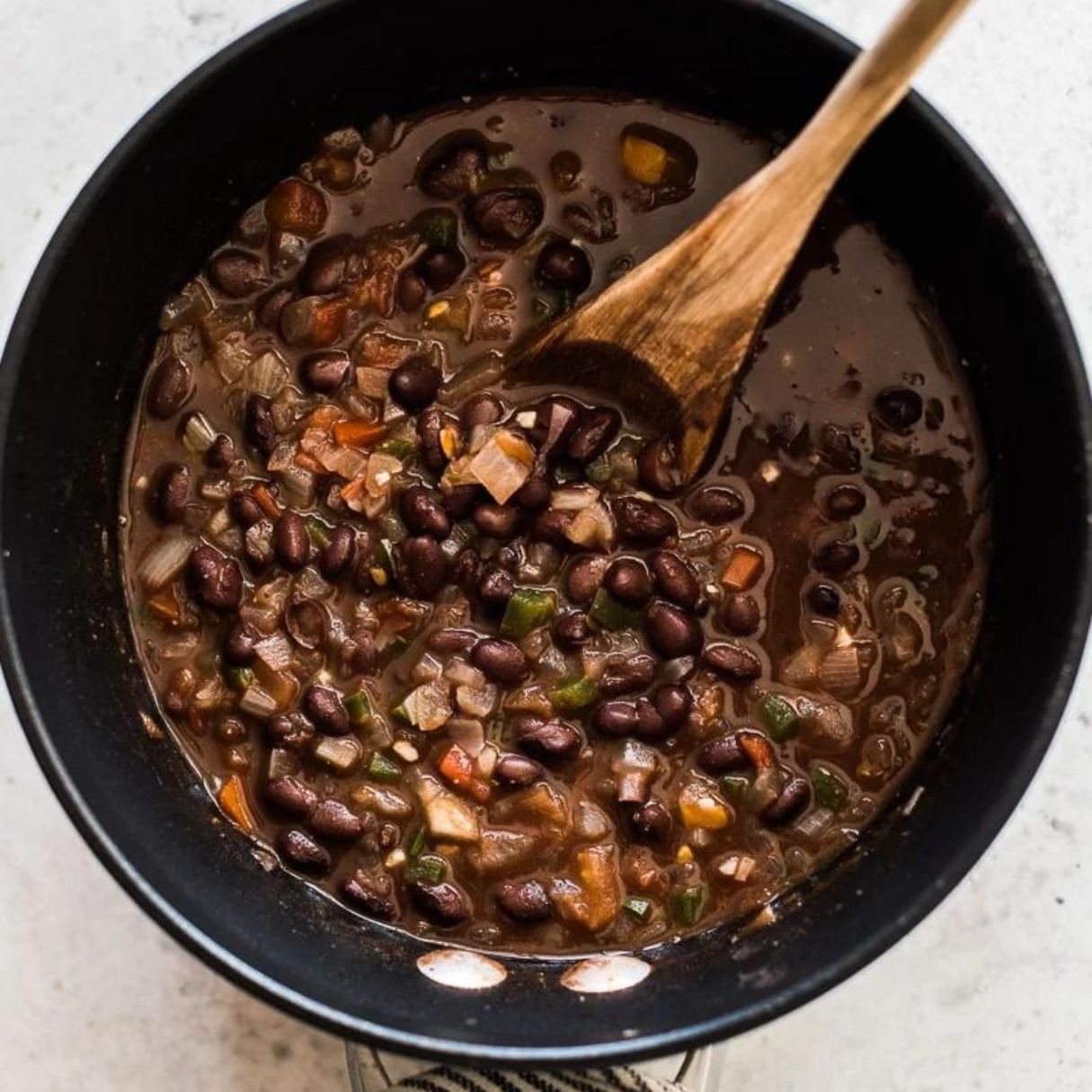
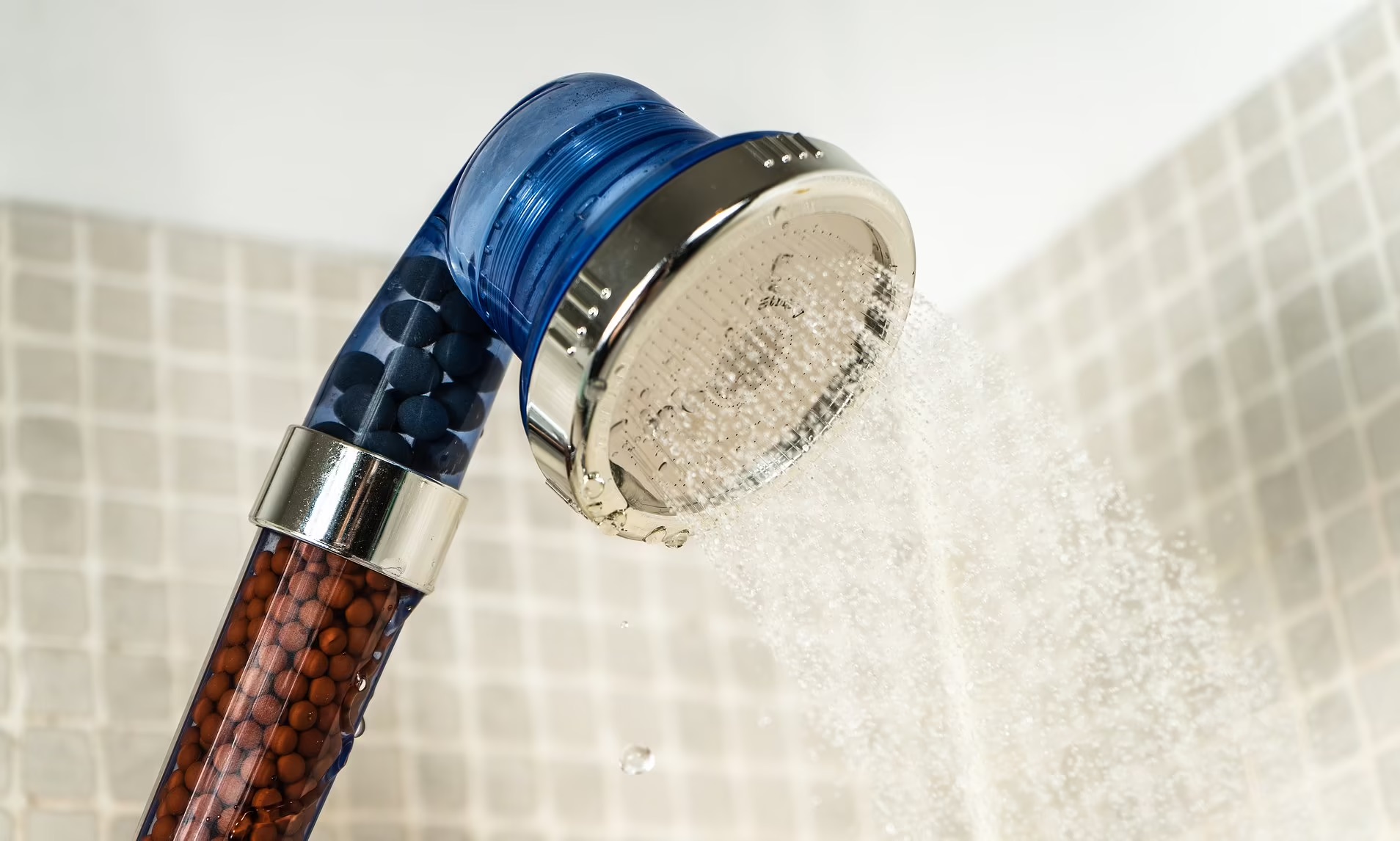
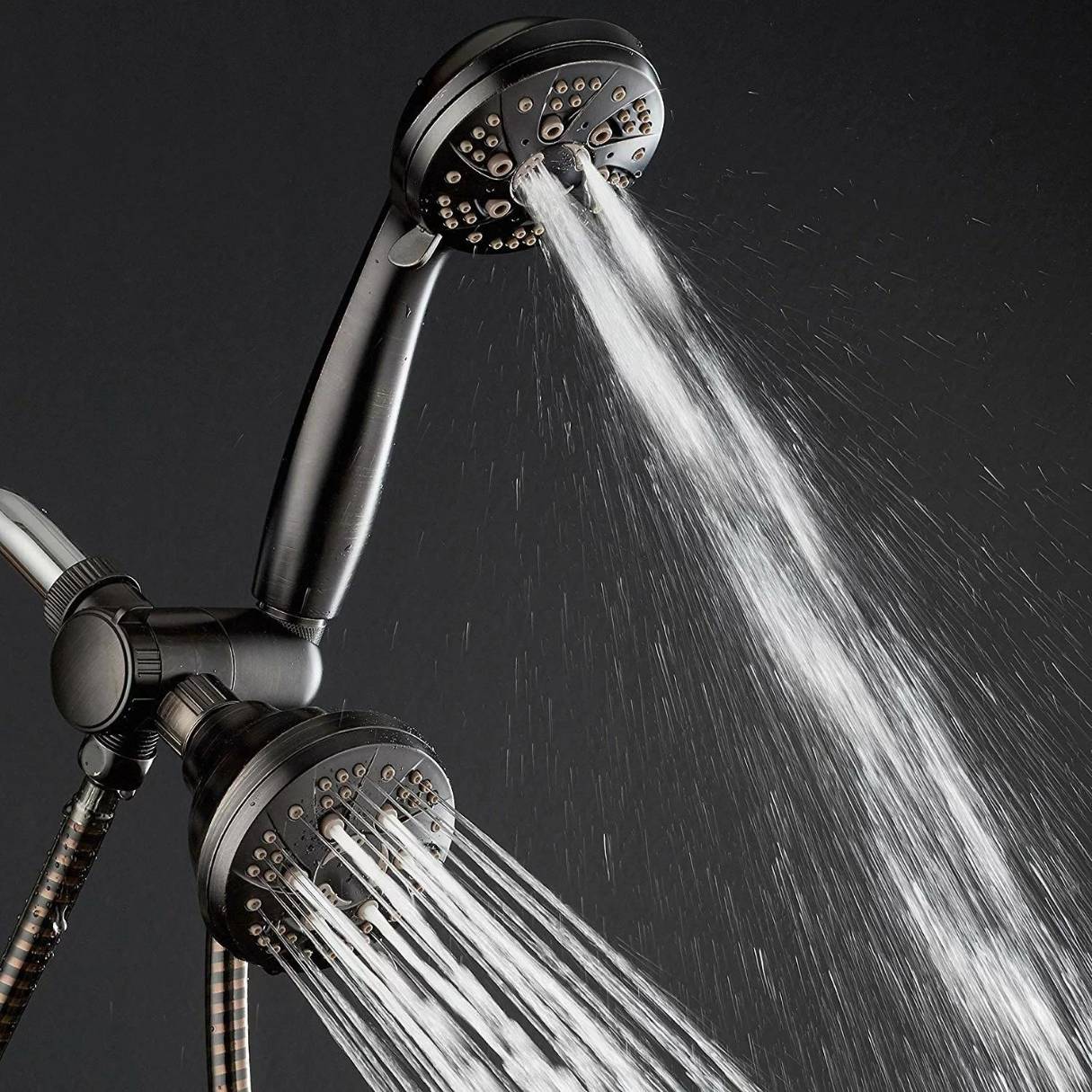

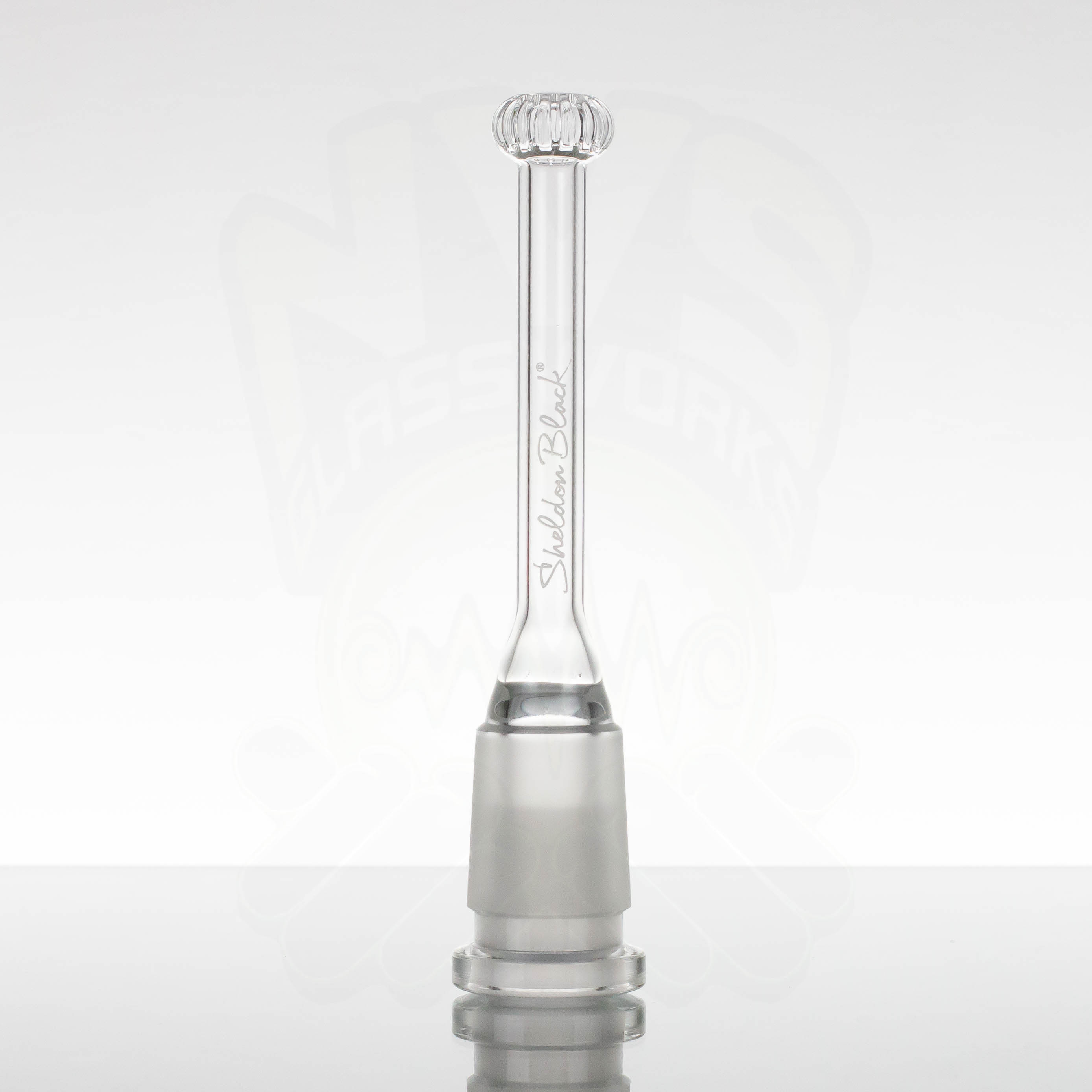

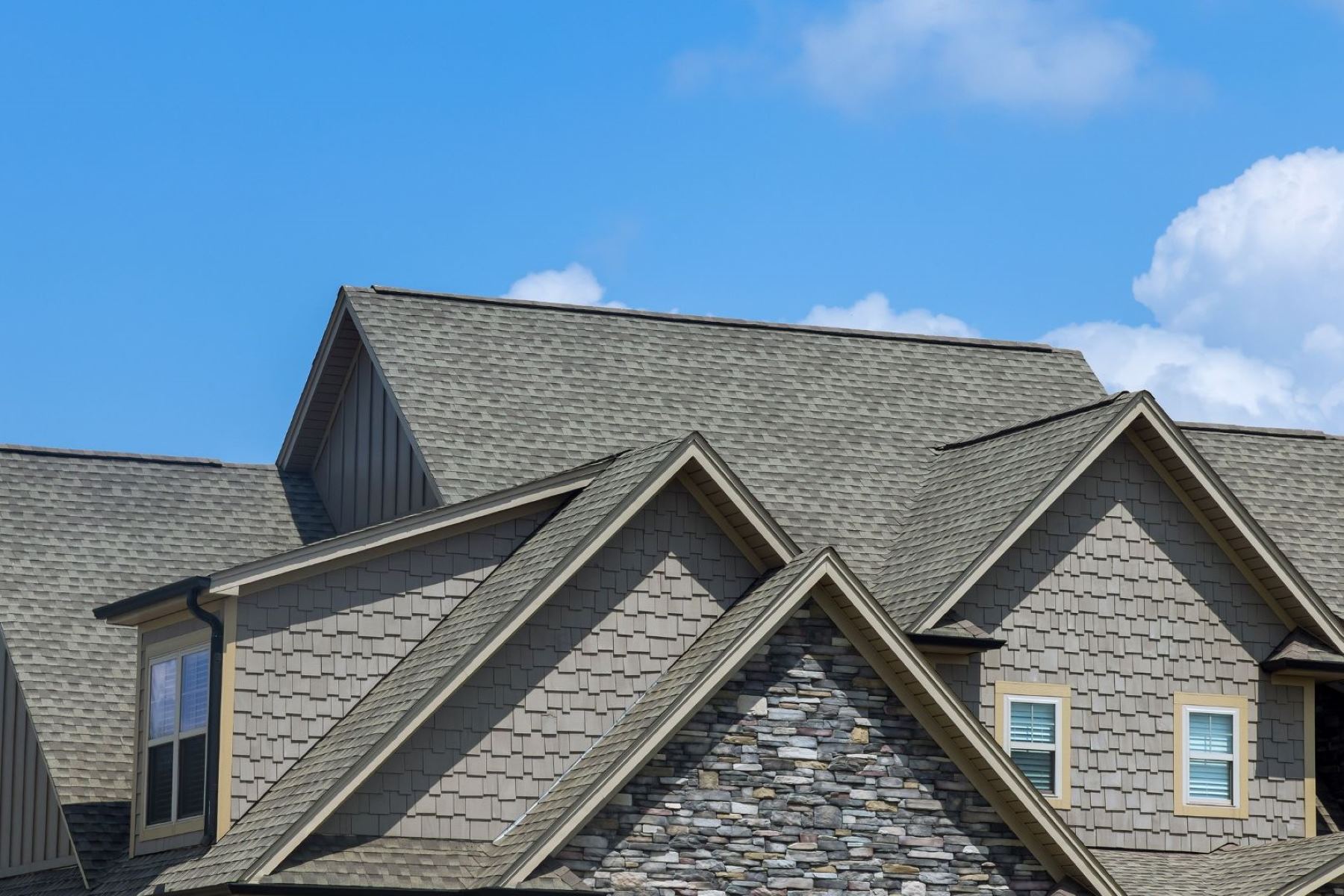
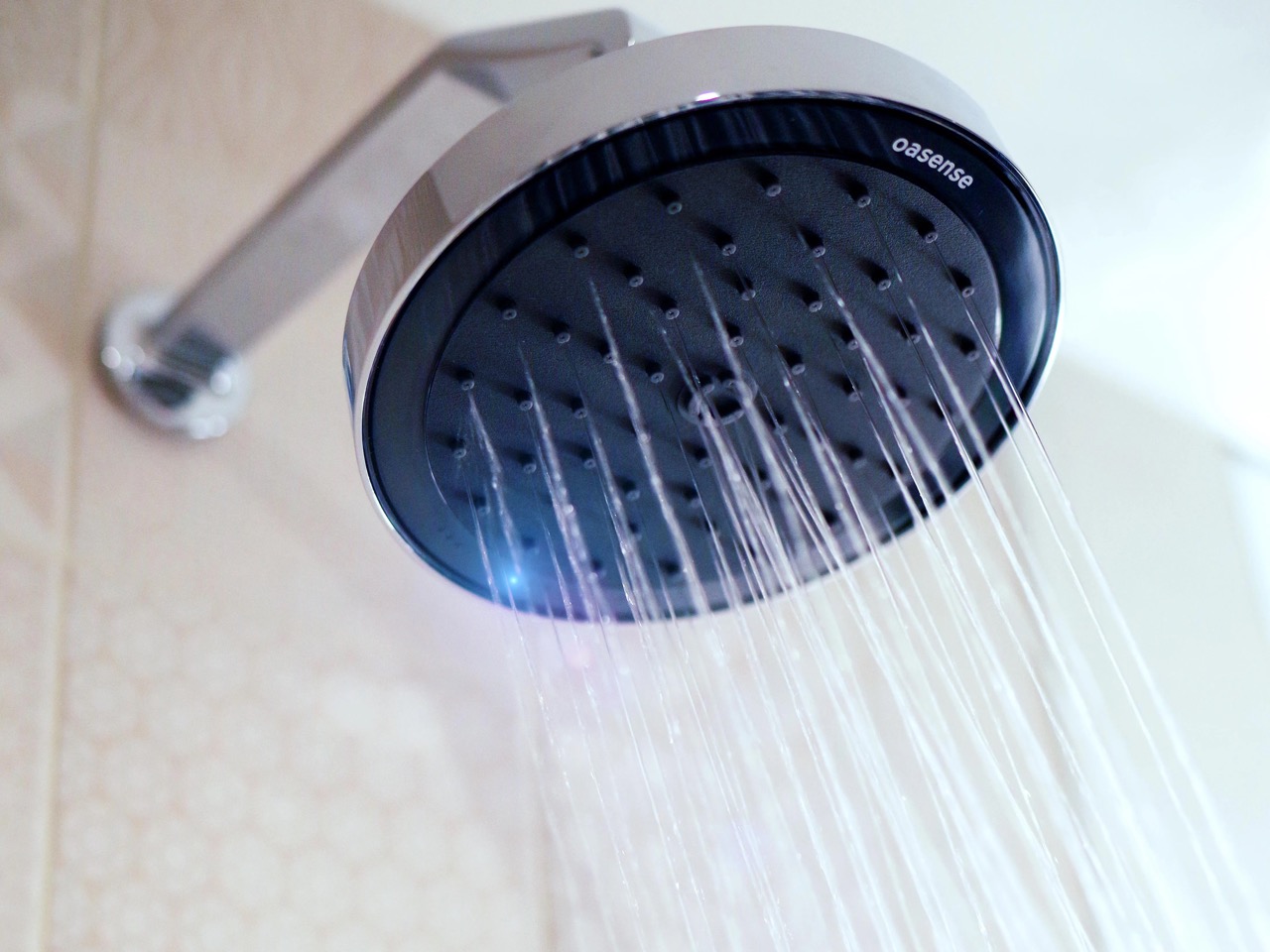
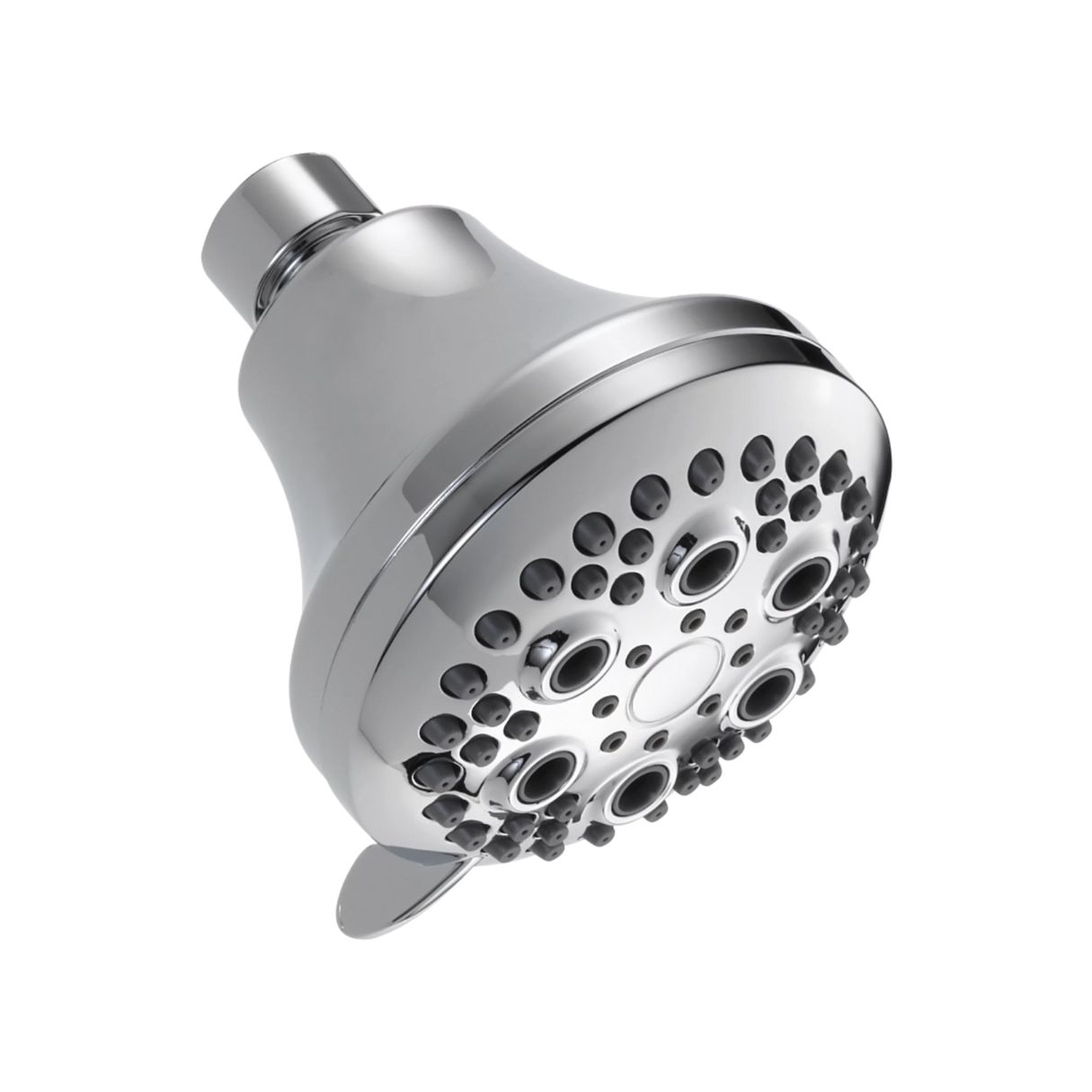


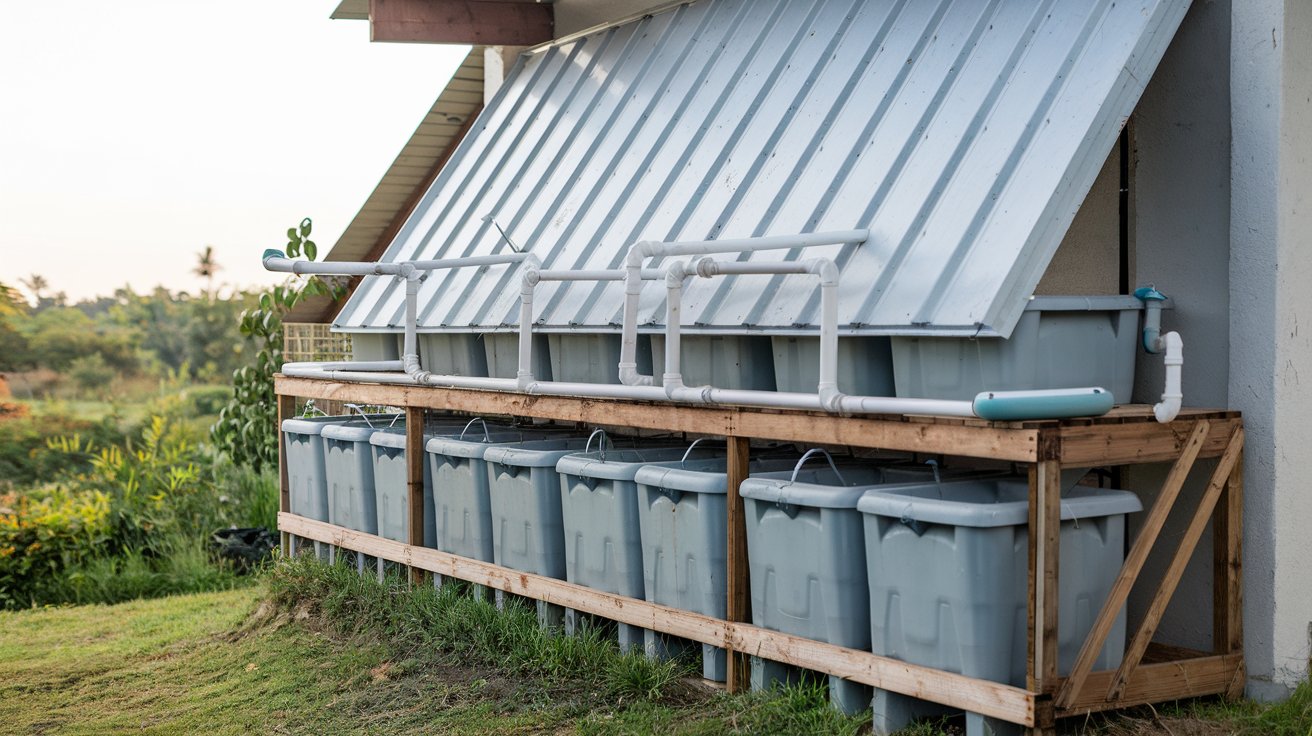
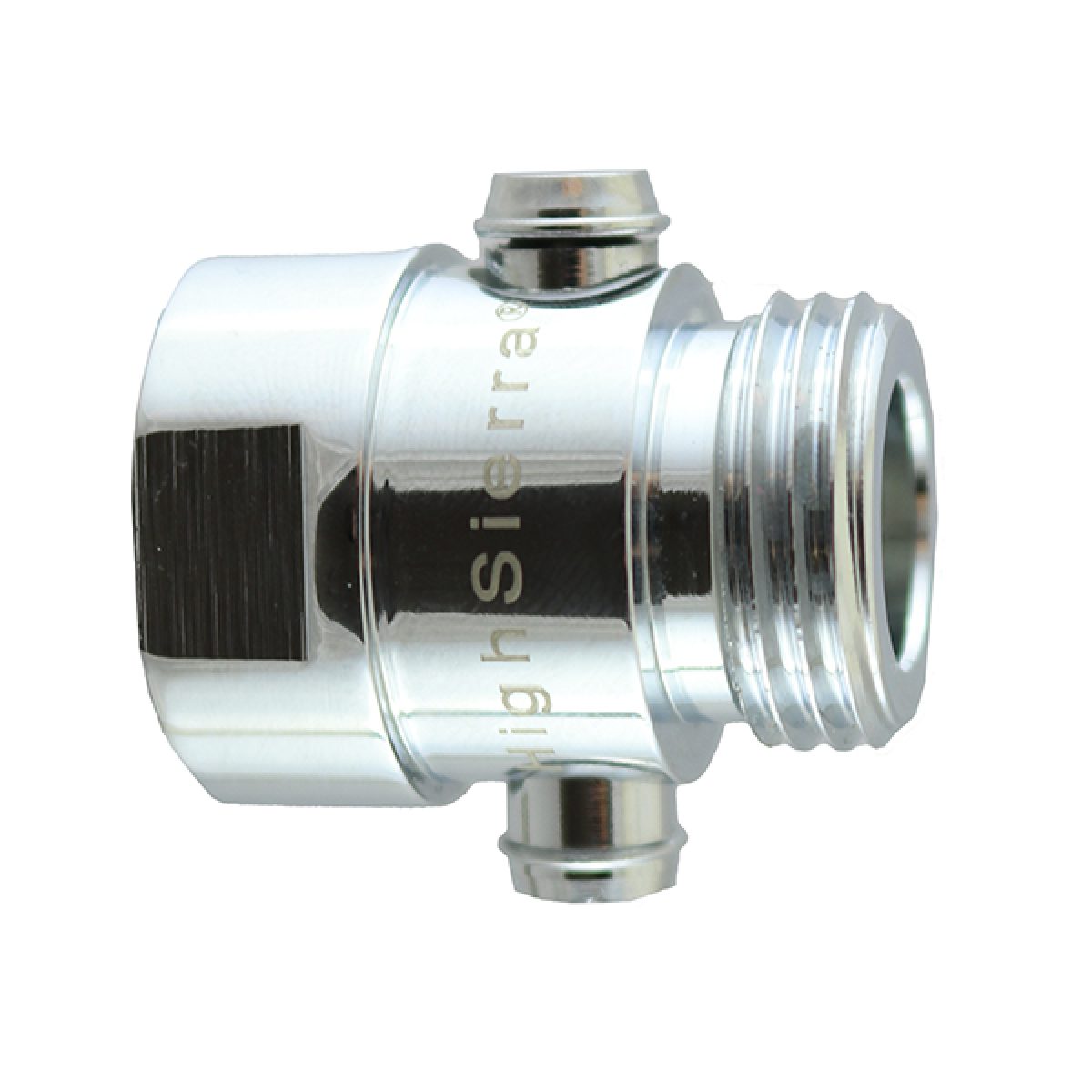
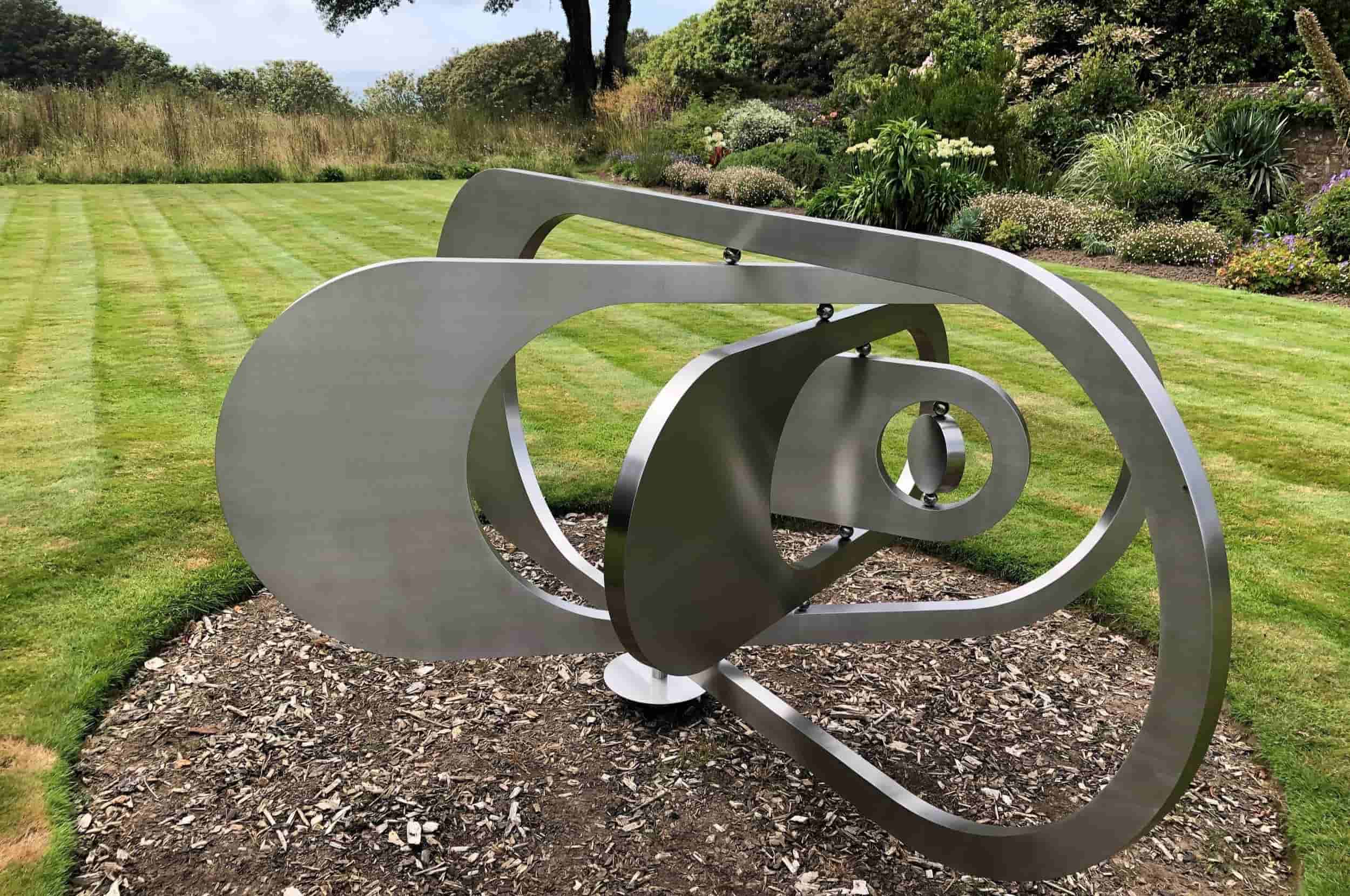

0 thoughts on “What Is The Black Material On Top Of Your Showerhead”